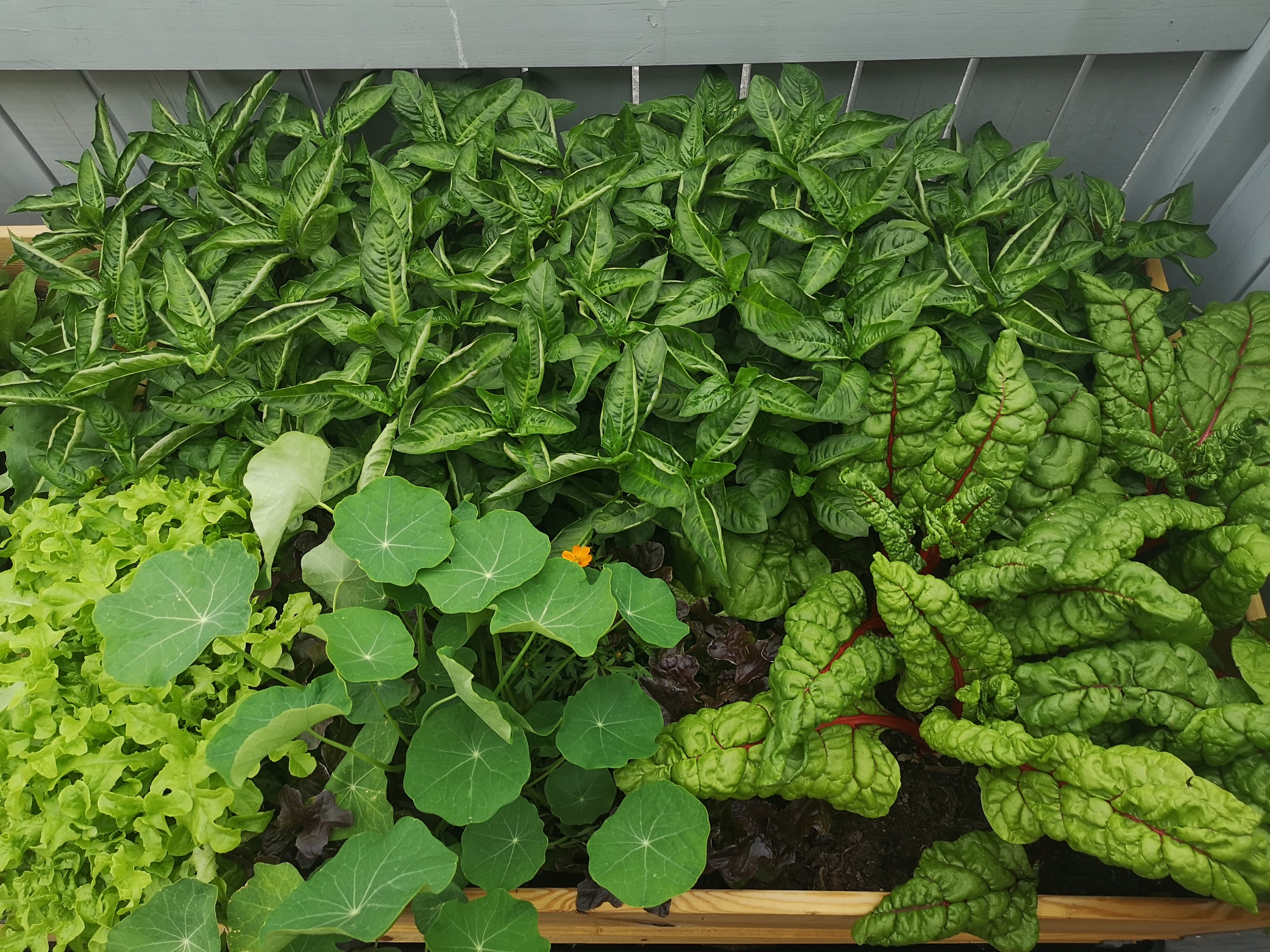Plants and Planting
The starting point of my practice-based research has been the construction of various pigment gardens - in the Sierra María los Vélez national park, Almería, Spain; on the Goldsmiths College Campus in London; and around my studio in Malmö, Sweden.
The research for a pigment garden in Almería drew my attention to the presence of prickly pear cacti, infected with a wild form of cochineal. The colonisation of the Americas is inscribed into the very landscape. I learnt that it is problematic to frame plants in terms of ‘native’ and ‘non-native.’
The research for a pigment garden in Almería drew my attention to the presence of prickly pear cacti, infected with a wild form of cochineal. The colonisation of the Americas is inscribed into the very landscape. I learnt that it is problematic to frame plants in terms of ‘native’ and ‘non-native.’
Other plants growing wild in the area included aliaga (a member of genista) and espino de tintes (a member of rhamnus) which were used for yellow dyes historically. Rubia Peregrina, a wild form of madder, grows extensively in the local botanical gardens where I was able to obtain divisions. The roots produce a red, like domesticated madder.
Woad was the obvious choice for a blue, since it is adaptable to arid climates due to its long tap root. Although it doesn´t seem to grow wild in the Sierra María los Vélez, is does in the nearby Sierra Nevada. Making Maya blue with it addresses the connections to Mexico demonstrated by the presence of the prickly pear cacti and cochineal.
Woad was the obvious choice for a blue, since it is adaptable to arid climates due to its long tap root. Although it doesn´t seem to grow wild in the Sierra María los Vélez, is does in the nearby Sierra Nevada. Making Maya blue with it addresses the connections to Mexico demonstrated by the presence of the prickly pear cacti and cochineal.




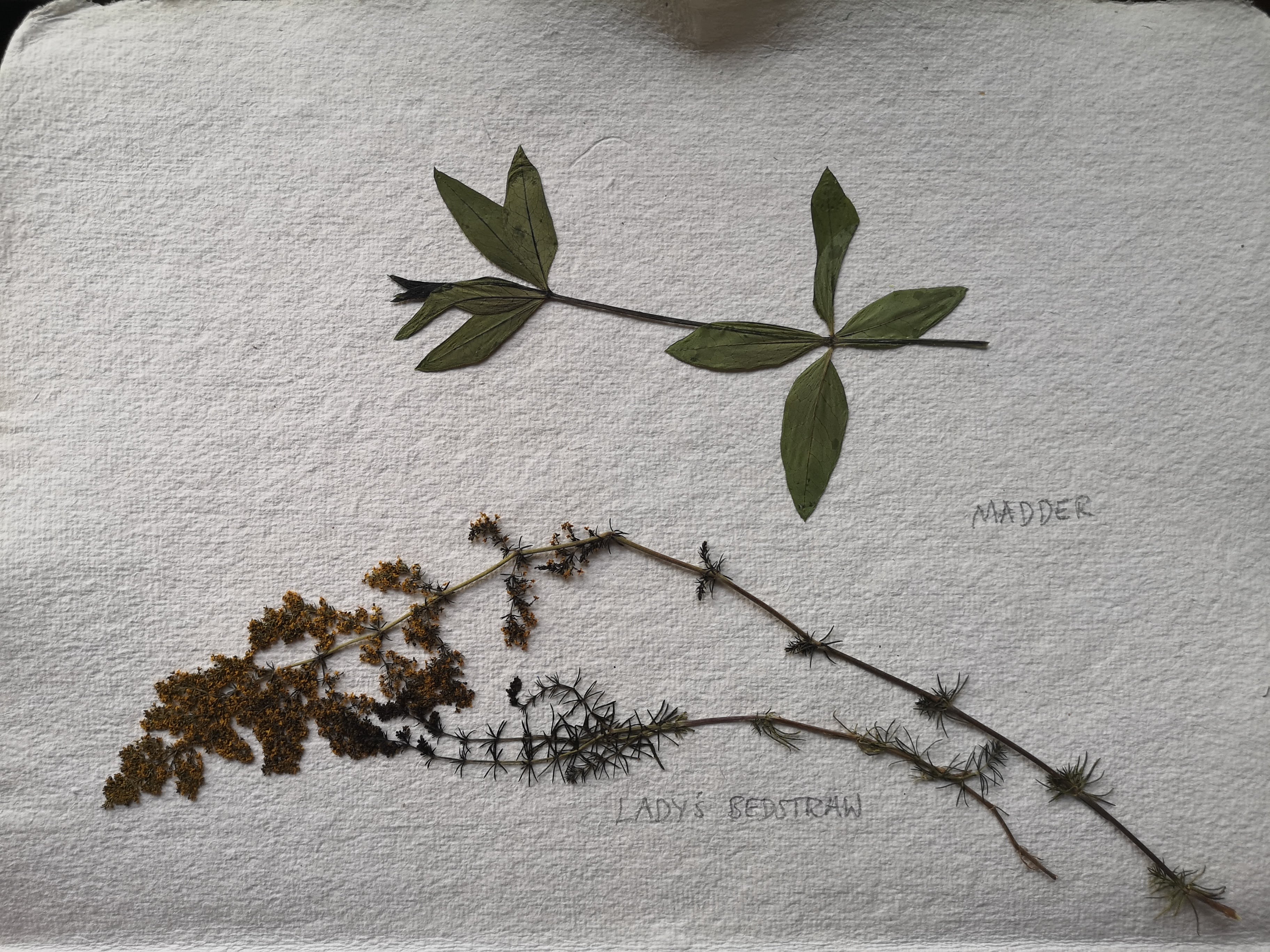
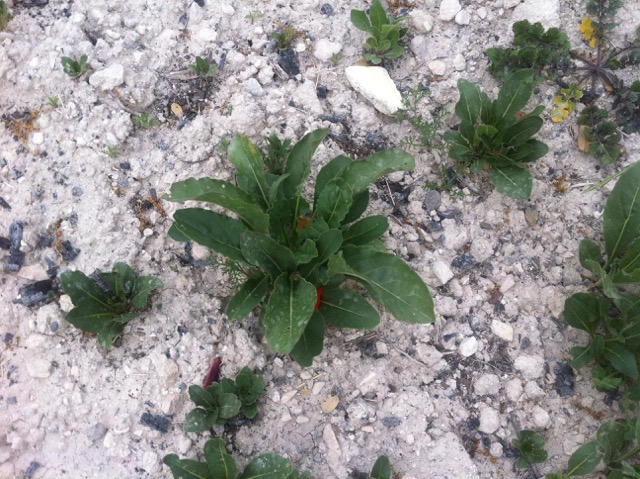
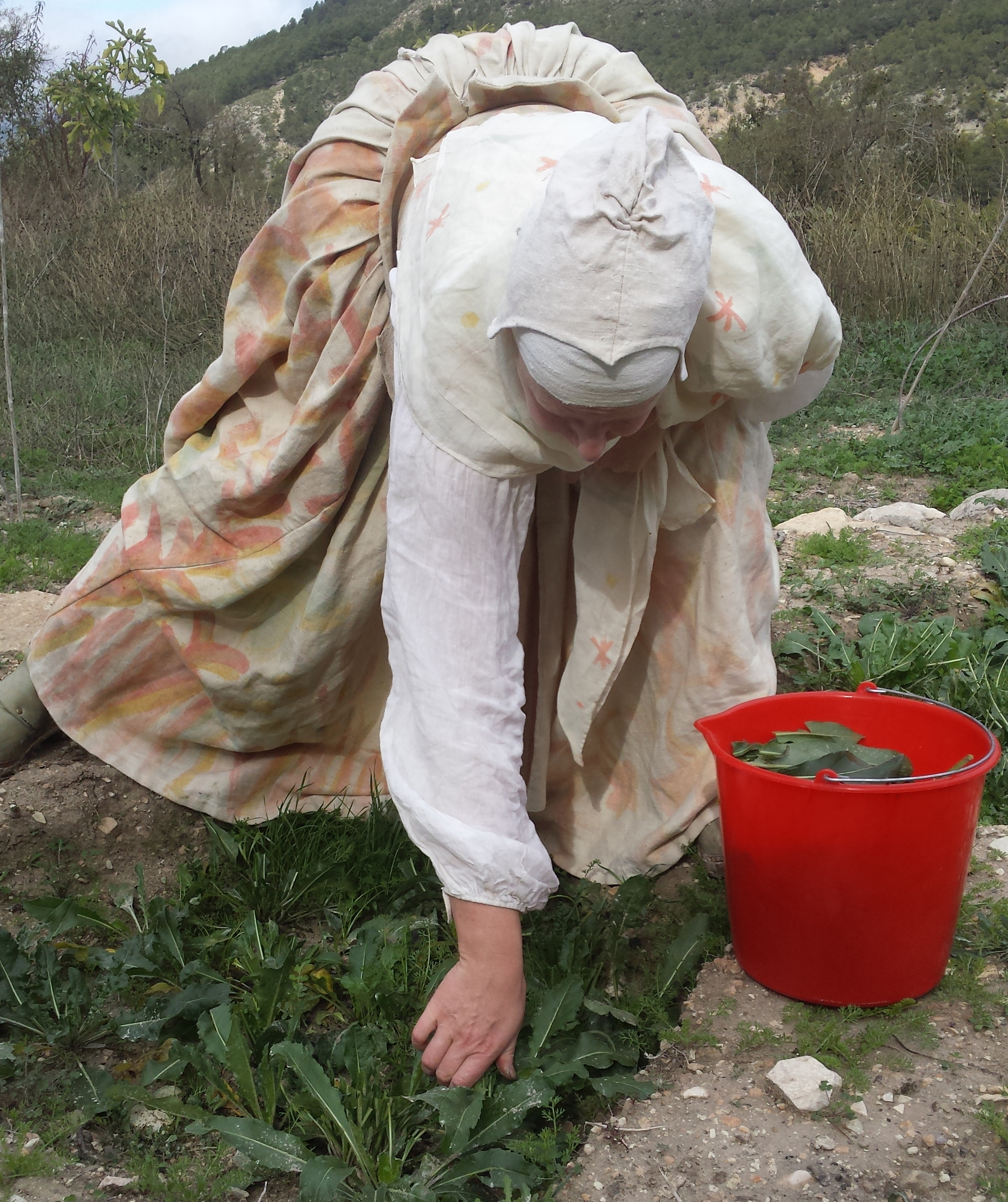
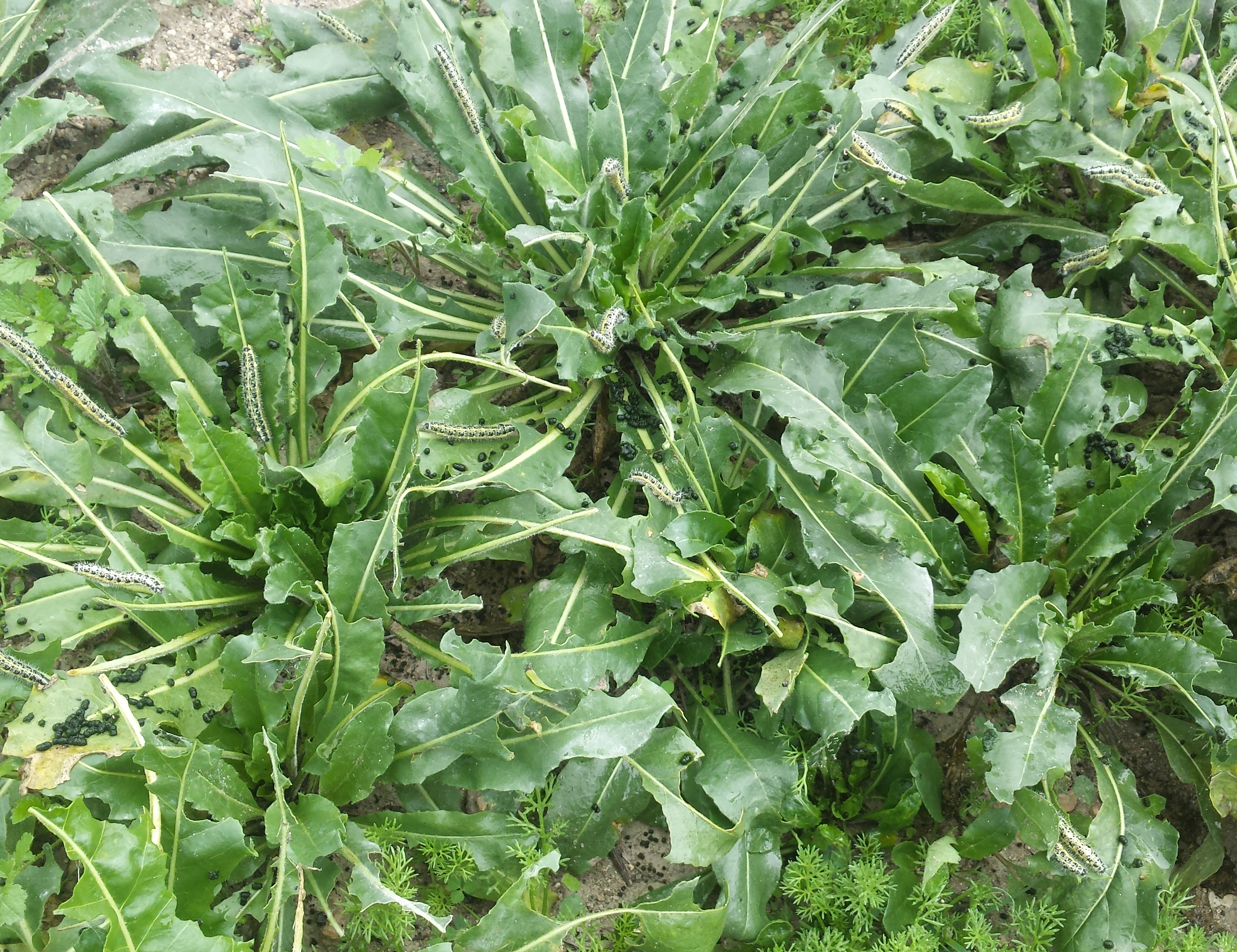




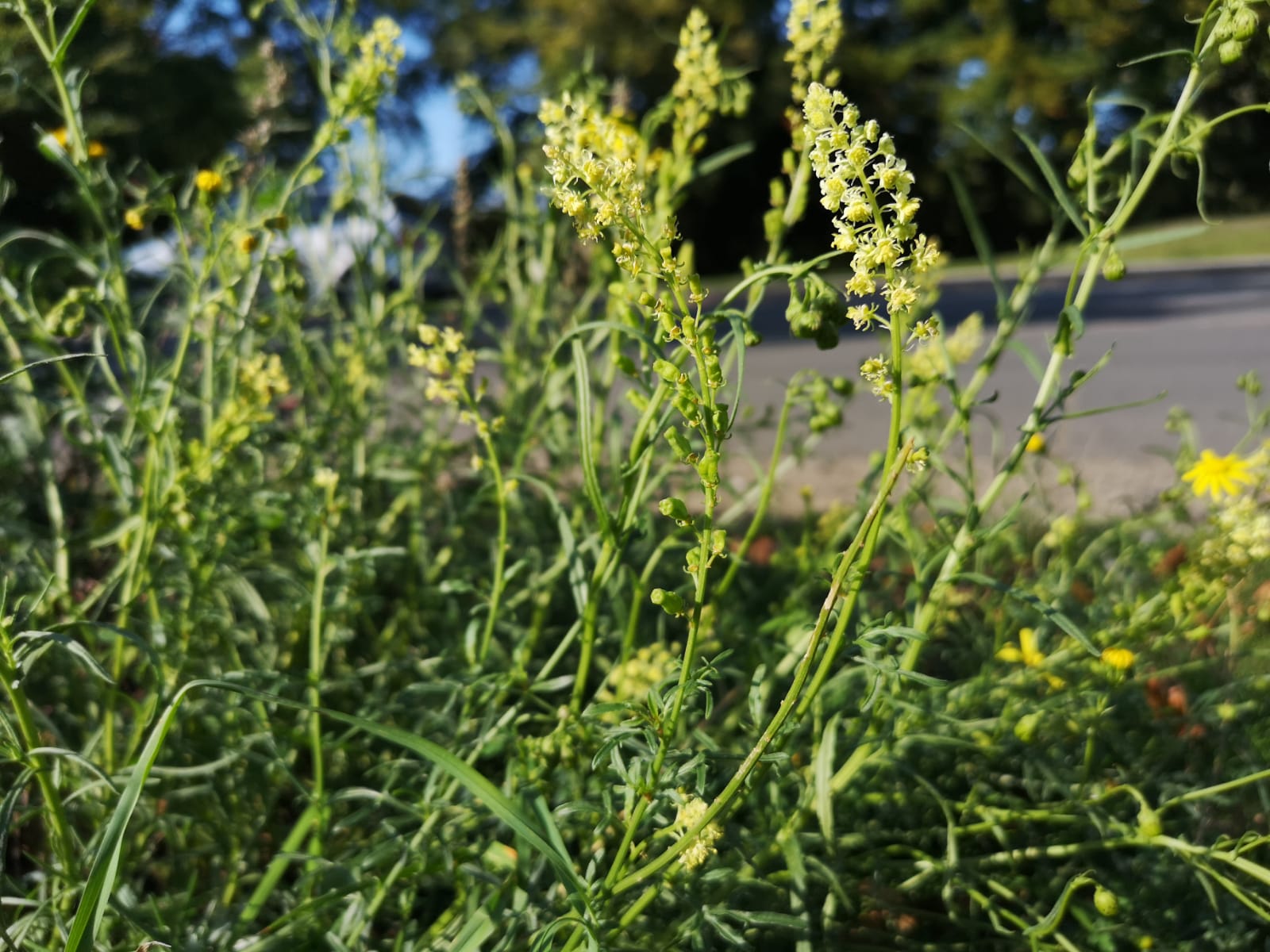

Observing the plants that live around where I live in Malmö, I found similar traces of colonial relationships. One yellow dye plant that grows extensively in Malmö is Goldenrod (Solidago canadensis). It originally came from North America, where it was an important medicine and dye plant for the indigenous population. It was one of the earliest dye plants to be embraced by European settlers. In Malmö it has become rather invasive, so harvesting it for a dye is a beneficial relationship.
Another plant I have found growing locally is weld, a very important dye plant historically in Europe. While many plants produce yellow dyes, the vast majority are highly fugitive. Weld contains luteolin, one of the most lightfast yellow dyes. It likes poor alkali soil that has been disturbed. I have found it growing wild in the industrial areas of Malmö, especially near my studio. The wild form of weld, wild mignonette, also grows locally on old rail tracks.
Another plant I have found growing locally is weld, a very important dye plant historically in Europe. While many plants produce yellow dyes, the vast majority are highly fugitive. Weld contains luteolin, one of the most lightfast yellow dyes. It likes poor alkali soil that has been disturbed. I have found it growing wild in the industrial areas of Malmö, especially near my studio. The wild form of weld, wild mignonette, also grows locally on old rail tracks.
I have experimented with companion planting dye plants with eachother, and other plants such as lettuce, nasturtium, and calendula to see how it prevent pests.
Nasturtium and calendula certainly seem to attract aphids and caterpillars away from the woad and japanese indigo. Nitrogen fixing dyer’s greenweed gets overwhelmed by woad. Japanese indigo seems to kill cosmos. Knapweed and saw-wort do well with lady’s bedstraw.
Nasturtium and calendula certainly seem to attract aphids and caterpillars away from the woad and japanese indigo. Nitrogen fixing dyer’s greenweed gets overwhelmed by woad. Japanese indigo seems to kill cosmos. Knapweed and saw-wort do well with lady’s bedstraw.

